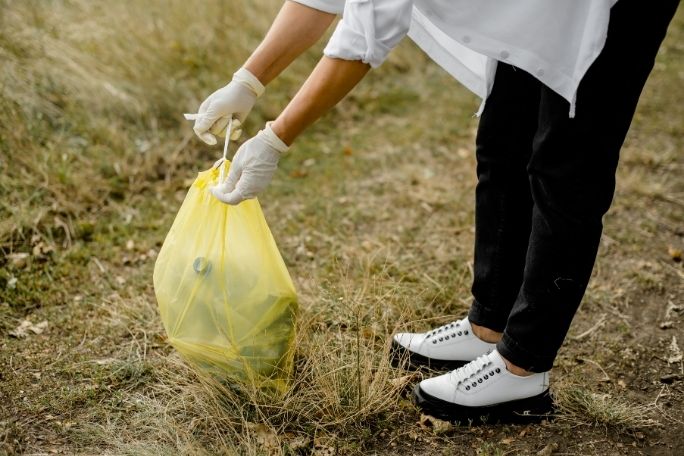Lesson summary
In this simple experiment the class will have the chance to study the different ways that waste materials break down. The class will bury a variety of ‘waste’ materials and dig them up at regular intervals to see how they are breaking down. This activity can be extended over several weeks or months, with the class revisiting the waste materials each week and recording their findings.
Learning intentions:
Students will...
- undertake a simple science experiment aimed at determining how different types of waste take different amounts of time to break down
- find that some types of waste break down very quickly, while others are very, very slow.
Lesson guides and printables
Additional info
This is an original Cool.org lesson. Facts and figures in these lessons may have changed since this lesson was published. We always endeavour to update our resources in a timely manner, but if you see an error or issue in our resources please get in touch with us.


Welcome back!
Don't have an account yet?
Log in with:
By signing up to Cool.org you consent and agree to Cool's privacy policy to
store, manage and process your personal information. To read more, please see
our privacy policy here(Opens in new tab).
Create your free Cool.org account.
Many of our resources are free, with an option to upgrade to Cool+ for premium content.
Already have an account?
Sign up with:
By signing up to Cool.org you consent and agree to Cool's privacy policy to
store, manage and process your personal information. To read more, please see
our privacy policy here(Opens in new tab).